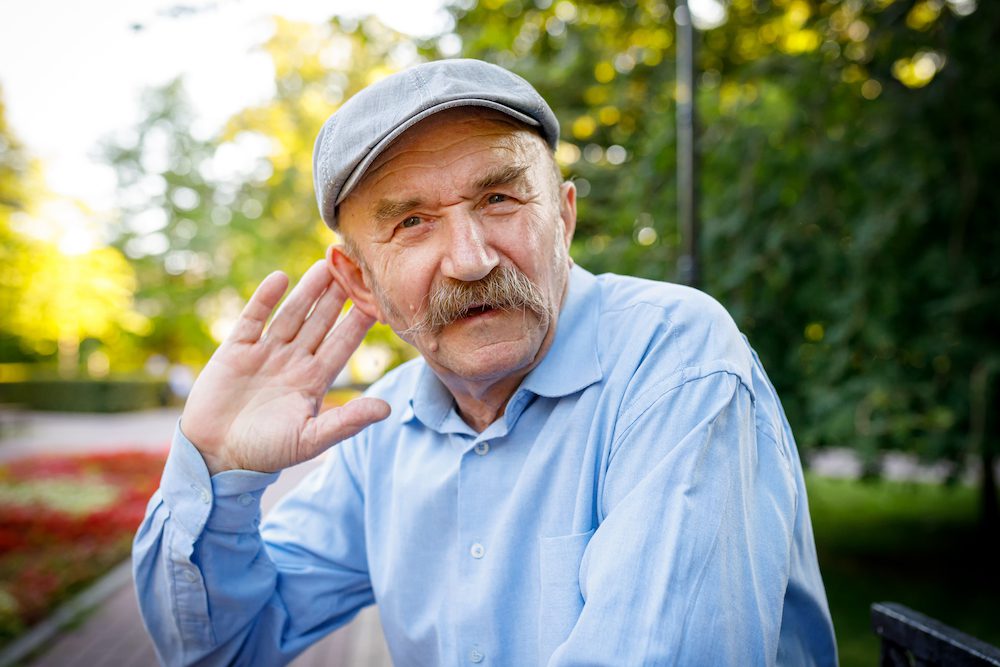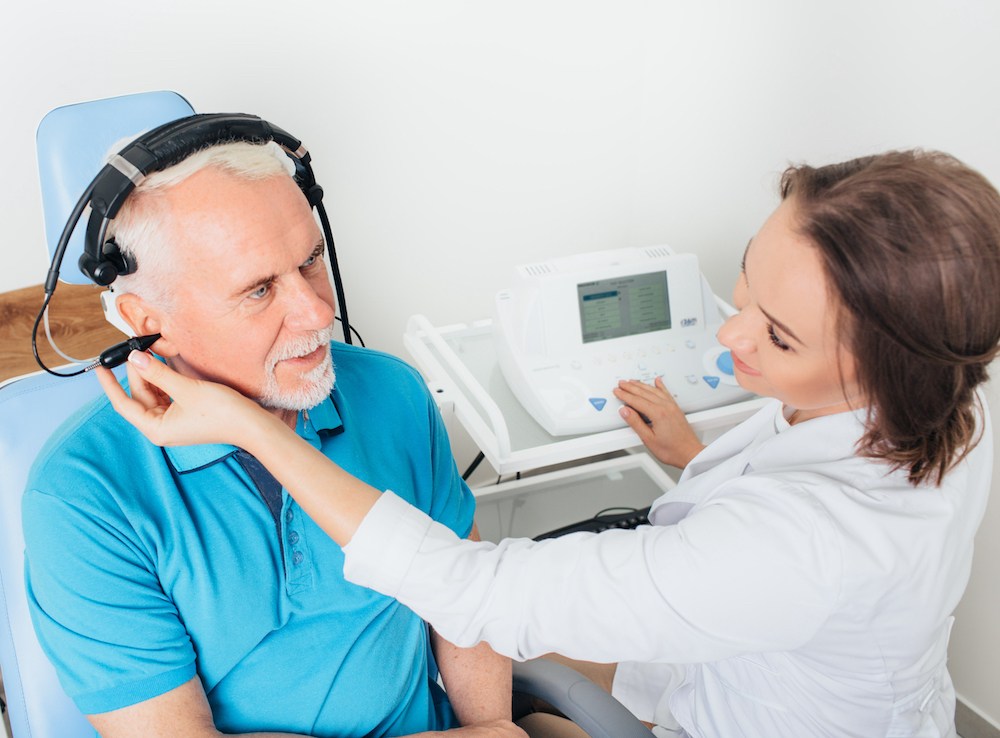The Future of Artificial Intelligence in Hearing Aids
Welcome to the age of artificial intelligence (AI), where almost


Welcome to the age of artificial intelligence (AI), where almost

When you go for your hearing aid fitting, it’s important that you are

Many individuals often ignore their hearing loss, which can lead to